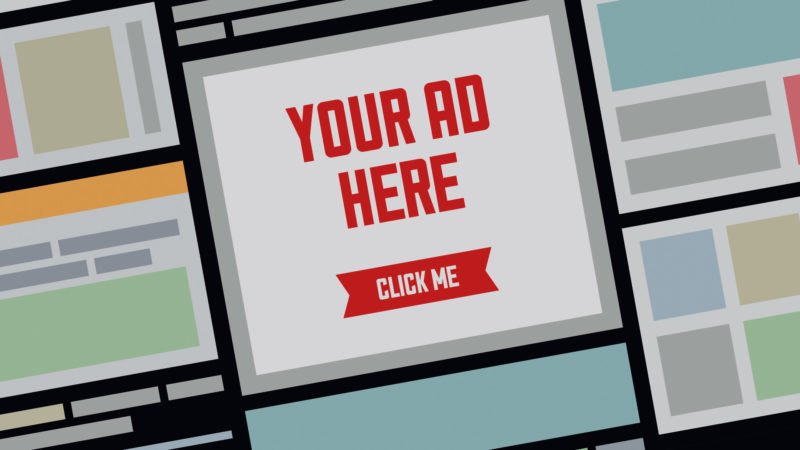3 Steps To Display Advertising Success
Don't turn your nose up at display advertising. Columnist Peter Isaacson explains why it should be an integral part of your B2B marketing strategy.

The average click-through rate for display ads is 0.06 percent, according to DoubleClick. That’s fewer than one out of every 1,000 impressions!
You’re more likely to get a full house in poker than you are to click on a display ad, according to Solve Media. No wonder marketers have become obsessed with CPMs.
You need to buy giant mountains of impressions to get a small pile of clicks. When it comes down to it, even if marketers are only paying $2 for a pile of junk, in the end, they still have a pile of junk.
With stats like these, it’s not hard to imagine why B2B marketers have a love-hate relationship with display ads. Actually, these days it may be closer to hate-hate.
The truth is, B2B marketers haven’t been able to achieve success because they’ve been approaching digital advertising wrong. And that isn’t their fault — they’ve been relying on technology and tactics built for the needs of B2C marketers.
Display can be a strong part of any B2B marketing strategy. Just think critically about your advertising, and follow these three steps.
Focus On Accounts
Advertising for B2B works a little differently from advertising for B2C. First of all, we’ve found that 85 percent of B2B web traffic is from people who are never going to buy your products. They’re competitors, partners, friends, family or job-seekers just looking to do some research.
It’s critical that you drive the right traffic to your website — from the accounts that will actually be interested in your product or solution.
Also, the buying committee has increased substantially over the past few years. CEB found that an average of 5.4 people are needed to formally sign off on each purchase, while buying committees can include as many as 34 decision-makers (Gallup).
In order to reach the full group of buyers and influencers, you need to target by account. By running targeted ads only to your target accounts, you eliminate waste and ensure that your message reaches the right stakeholders.
Connect Advertising To The Website
A lot of B2B marketers don’t succeed because they see display advertising as a standalone effort. In reality, it needs to be integrated with your website.
“Customer Experience” is often cited as the number one priority for B2B marketers, yet we fail to manage the experience effectively between two of our most visible programs: advertising and websites.
Many B2B display ads today highlight a specific offer, but when you click through, they lead you to a landing page that has nothing to do with the original offer. Not only does this result in confusion, but it can also be a missed opportunity for your brand.
To see results from their advertising campaigns, B2B marketers need to provide a consistent message across their advertising all the way to their websites. This will provide prospects with a consistent experience across those channels.
Focus On The Right Metrics
Perhaps the biggest problem for B2B marketers is that they can’t prove the ROI with their display advertising. That’s because they’ve gotten stuck on direct response metrics like click-through rate (CTR) and impressions.
When I worked on the agency side, we got by on things like CTR. But marketing leaders today need to focus on business impact and connect their marketing activities closer to revenue.
When you measure everything at the account level, you can track your impact, from advertising to your website, onto your CRM system for pipeline and closed/won revenue. But it starts with getting the right accounts onto your website, and that’s something that account-based advertising can do really well.
Ultimately, B2B marketers should measure performance based on metrics — like pipeline, close rates, funnel velocity and lift, among other things — that have a hard line connected to revenue. Until we do that, we don’t deserve what every marketing leader craves: a seat at the table.
It’s easy for B2B marketers to get down on display advertising, but it can be a high-impact part of their account-based marketing strategy. By targeting accounts, connecting their advertising to their websites and focusing on the right metrics, B2B marketers can turn digital advertising despair into digital advertising nirvana.
Opinions expressed in this article are those of the guest author and not necessarily MarTech. Staff authors are listed here.
Related stories

